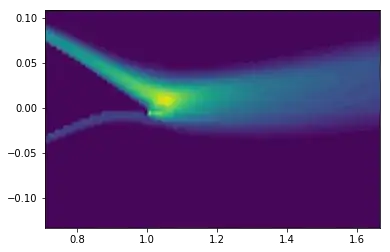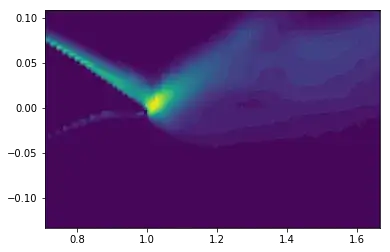I am working on a problem in which I need to train a neural network to map one or more input images to one or more output images (1 channel for image). Below I report some examples of input&output. In this case I report 1 input and 1 output image, but may need to pass to more inputs and outputs, maybe by encoding this in channels. However, the images are all of this kind, maybe rotated, tralated or changed a bit in shape. (fyi, they are fields defined by fluid dynamics simulations)
I was thinking about CNN, but the standard architecture used for image classification (convolutional layers + fully connected layers) seems not to be the best choice. Instead, I tried using the U-net architecture, composed of compression+decompression convolutional layers. This works quite fine, but maybe there is some other architecture that could be more suited to my problem.
Any suggestion would be appreciated!

